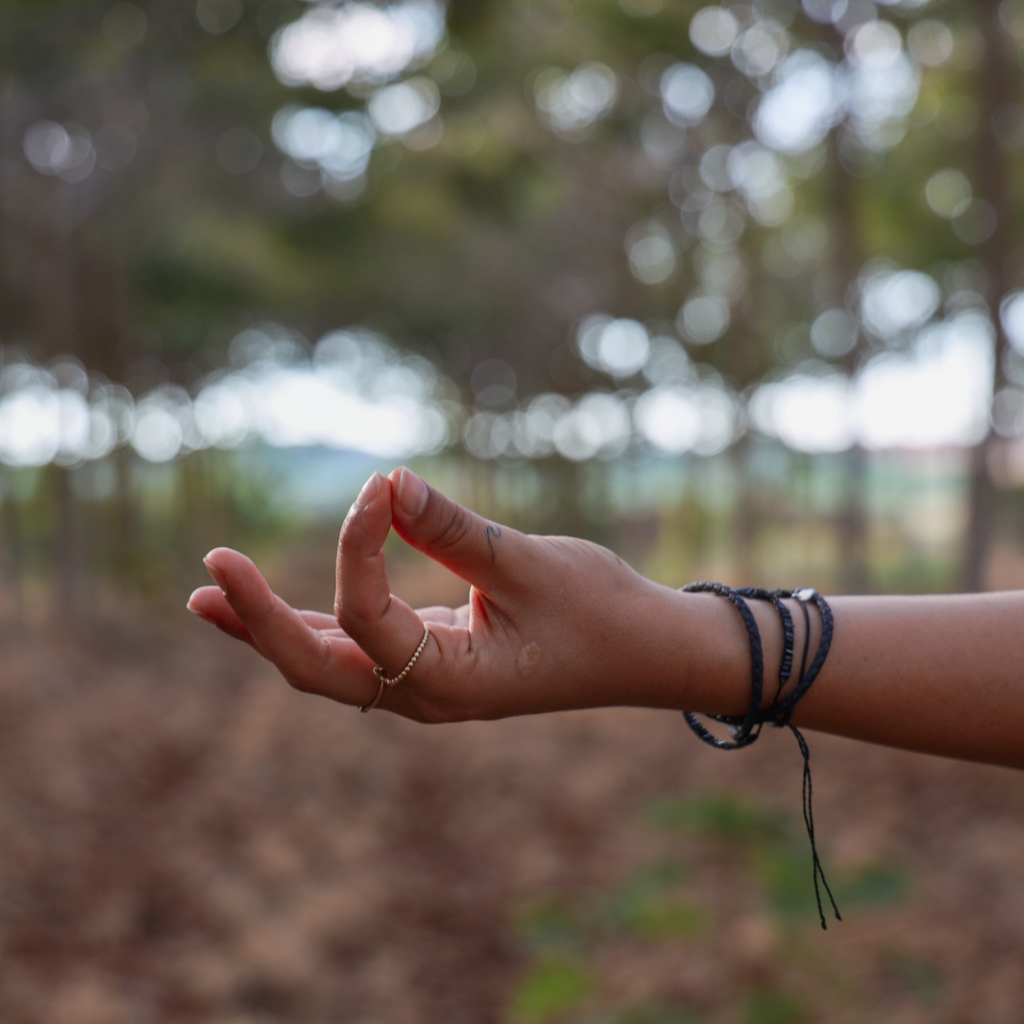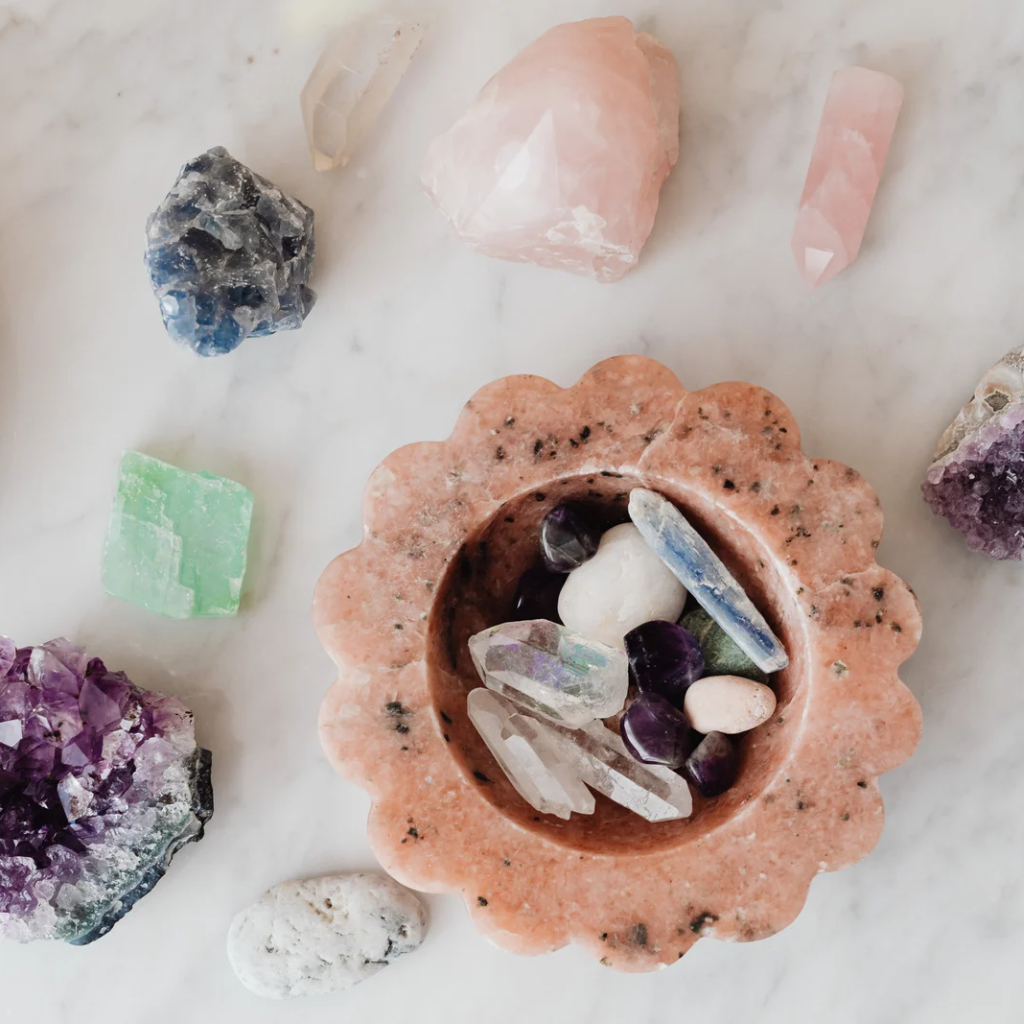Recovery and Relaxation: 5 Post-Run Yoga Stretches to Boost Your Running Performance
 Running is a fantastic way to stay fit, relieve stress, and enjoy the great outdoors. Whether you're a casual jogger or a seasoned marathoner, the post-run period is crucial for your body's recovery and overall well-being. Incorporating yoga stretches into your post-run routine can be incredibly beneficial, helping to reduce muscle soreness, improve flexibility, and promote relaxation. In this blog, we will explore five post-run yoga stretches, their names, how to perform them, their benefits, and important precautions to keep in mind.
Running is a fantastic way to stay fit, relieve stress, and enjoy the great outdoors. Whether you're a casual jogger or a seasoned marathoner, the post-run period is crucial for your body's recovery and overall well-being. Incorporating yoga stretches into your post-run routine can be incredibly beneficial, helping to reduce muscle soreness, improve flexibility, and promote relaxation. In this blog, we will explore five post-run yoga stretches, their names, how to perform them, their benefits, and important precautions to keep in mind.

1. Downward Facing Dog (Adho Mukha Svanasana)
How to do it:
- Start on your hands and knees in a tabletop position.
- Exhale and lift your hips toward the ceiling, straightening your legs and forming an inverted "V" shape with your body.
- Press your palms firmly into the ground, keeping your fingers spread wide.
- Engage your core, relax your neck, and draw your heels toward the floor.
- Hold the position for 30 seconds to 1 minute, breathing deeply.
Benefits:
- Stretches the hamstrings, calves, and Achilles tendons.
- Strengthens the arms, shoulders, and back.
- Improves blood circulation and relieves tension in the spine.
- Enhances flexibility and lengthens the muscles.
Precautions:
- If you have wrist issues, use yoga blocks under your hands to reduce pressure.
- Modify the pose by bending your knees slightly if you experience discomfort in your hamstrings or lower back.

2. Pigeon Pose (Eka Pada Rajakapotasana)
How to do it:
- Begin in a tabletop position.
- Slide your right knee forward toward your right hand and angle it slightly outward.
- Extend your left leg behind you, keeping your hips square.
- Flex your right foot to protect the knee.
- Inhale and lengthen your spine, then exhale and fold forward over your right leg.
- Hold for 30 seconds to 1 minute, then switch to the other side.
Benefits:
- Opens the hips and stretches the hip flexors and groin.
- Relieves tension in the lower back.
- Improves posture and alignment.
- Enhances overall flexibility.
Precautions:
- Use a cushion or yoga block under your hip if you have discomfort in the knee or hip.
- Avoid this pose if you have a recent hip injury.

3. Cobra Pose (Bhujangasana)
How to do it:
- Lie face down on the mat with your legs extended and feet together.
- Place your palms on the mat, directly under your shoulders.
- Inhale and press your hands into the ground, lifting your chest while keeping your pelvis grounded.
- Keep your elbows slightly bent, shoulders away from your ears, and gaze forward.
- Hold the pose for 15-30 seconds, then release.
Benefits:
- Strengthens the spine, shoulders, and buttocks.
- Stretches the chest, lungs, and shoulders.
- Improves posture and relieves tension in the lower back.
- Promotes a sense of openness and relaxation.
Precautions:
- Avoid this pose if you have a back injury or carpal tunnel syndrome.
- Start with a gentle backbend and gradually progress as your flexibility improves.

4. Child's Pose (Balasana)
How to do it:
- Kneel on the mat with your big toes touching and knees apart.
- Sit back on your heels, exhale, and lower your torso between your thighs.
- Extend your arms forward with your palms resting on the mat.
- Relax your forehead on the ground and breathe deeply.
- Hold the pose for 1-2 minutes, focusing on your breath and relaxation.
Benefits:
- Relaxes the spine, shoulders, and neck.
- Stretches the hips, thighs, and ankles.
- Calms the mind and reduces stress.
- Promotes a sense of surrender and restfulness.
Precautions:
- If you have knee pain, place a cushion or folded yoga mat under your knees.
- Modify the pose by keeping your knees closer together if necessary.

5. Seated Forward Bend (Paschimottanasana)
How to do it:
- Sit on the mat with your legs extended and feet flexed.
- Inhale and lengthen your spine.
- Exhale and hinge at your hips, reaching your hands toward your feet.
- Hold onto your ankles, shins, or feet, depending on your flexibility.
- Keep your back straight and gaze forward.
- Hold the stretch for 30 seconds to 1 minute, breathing deeply.
Benefits:
- Stretches the hamstrings, lower back, and spine.
- Relieves tension in the shoulders and neck.
- Massages and stimulates the abdominal organs.
- Calms the mind and reduces fatigue.
Precautions:
- Avoid forcing your body into the pose; go only as far as is comfortable.
- Bend your knees slightly if you experience any discomfort in your lower back or hamstrings.
Why These Stretches Are Beneficial After Running
Muscle Recovery: After a run, your muscles may feel tight and fatigued. These yoga stretches target key muscle groups, helping to release tension and improve blood circulation, which aids in muscle recovery.
Flexibility Enhancement: Running primarily engages certain muscle groups. Yoga stretches, on the other hand, promote a more balanced stretching of the entire body, enhancing overall flexibility and reducing the risk of muscle imbalances.
Injury Prevention: Regularly practicing these post-run stretches can help prevent injuries by maintaining joint mobility and muscle elasticity. Stretching also helps correct any misalignments that may have occurred during your run.
Relaxation and Stress Reduction: Running can be physically demanding and mentally taxing. The mindfulness and deep breathing associated with yoga help reduce stress and promote a sense of relaxation and well-being.

The Best Things to Do for Yourself After a Running Event
In addition to incorporating post-run yoga stretches into your routine, here are some other essential things to do for yourself after a running event:
Hydrate: Replenish lost fluids by drinking water or a sports drink containing electrolytes to help your body recover and prevent dehydration.
Refuel: Consume a balanced post-run meal or snack that includes carbohydrates, protein, and healthy fats to aid muscle recovery and energy replenishment.
Stretch and Cool Down: Besides the yoga stretches mentioned in this article, take time to cool down with gentle walking or jogging and perform some dynamic stretches to gradually reduce heart rate and muscle tension.
Rest: Ensure you get adequate rest and sleep to allow your body to repair and regenerate after the physical stress of running.
Foam Rolling: Use a foam roller to massage and release tight muscles. Foam rolling can be particularly effective in alleviating muscle soreness.
Listen to Your Body: Pay attention to any discomfort or pain. If you feel an unusual pain, consult a healthcare professional to rule out any injuries.
Stay Consistent: Make post-run stretching and recovery a regular part of your running routine to experience long-term benefits.

Precautions and Things to Look Out For
While post-run yoga stretches offer numerous benefits, it's essential to exercise caution and be aware of your body's limitations. Here are some precautions and things to look out for:
Avoid Overstretching: Never force your body into a stretch. Stretch only to the point of slight discomfort, not pain. Overstretching can lead to injuries.
Warm-Up First: Do some light aerobic activity or dynamic stretching before attempting static yoga stretches to prepare your muscles for deeper stretching.
Seek Professional Guidance: If you're new to yoga or have any pre-existing medical conditions or injuries, consult a qualified yoga instructor or healthcare provider for personalized guidance and modifications.
Stay Consistent: Consistency in your post-run stretching routine is crucial for long-term benefits. Skipping stretches may result in stiffness and reduced flexibility.
Listen to Your Body: If you experience persistent pain or discomfort, seek medical advice. Ignoring pain can lead to more serious injuries.
Respect Your Limits: Everyone's body is different, and what works for one person may not work for another. Modify poses as needed and don't push yourself too hard.
Incorporating post-run yoga stretches into your routine is a wonderful way to enhance your running experience and promote recovery. These stretches not only soothe tired muscles but also improve flexibility and reduce the risk of injuries. Remember to hydrate, refuel, and listen to your body's signals during your post-run routine. By following these tips and taking precautions, you can enjoy the physical and mental benefits of running while minimizing the risk of injury and maximizing your overall well-being.


Leave a comment